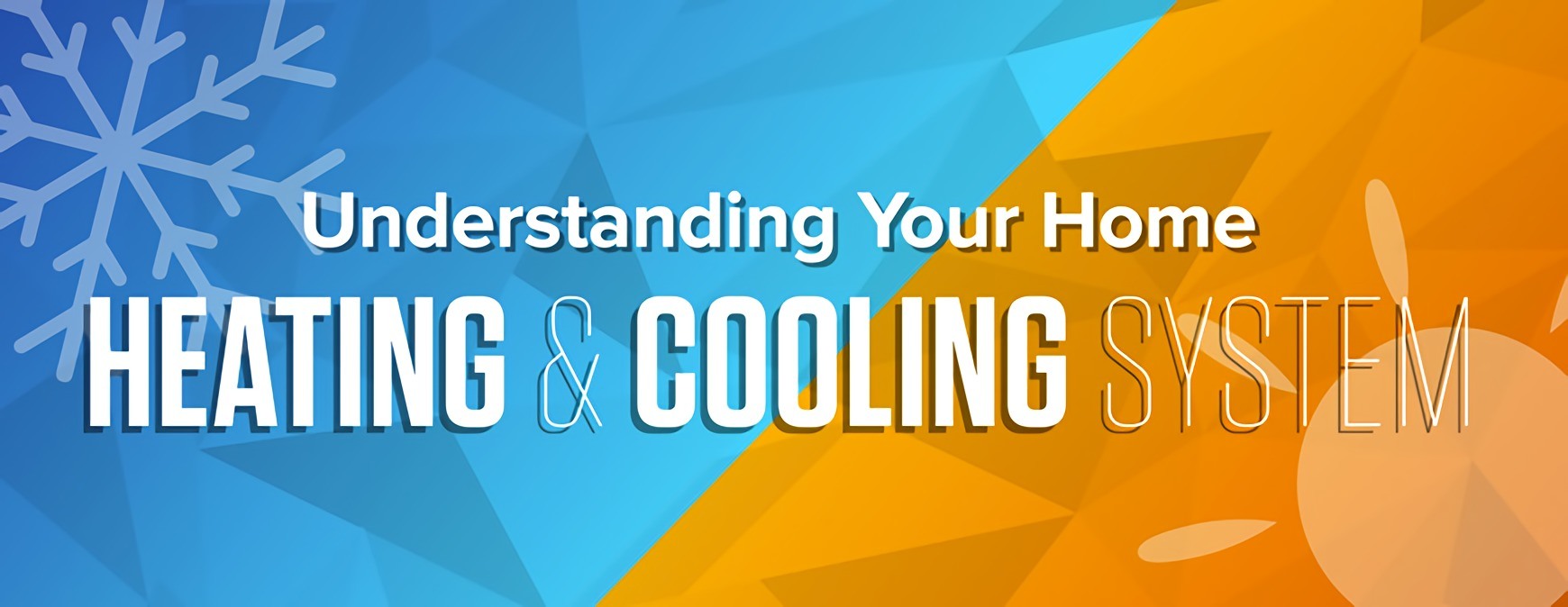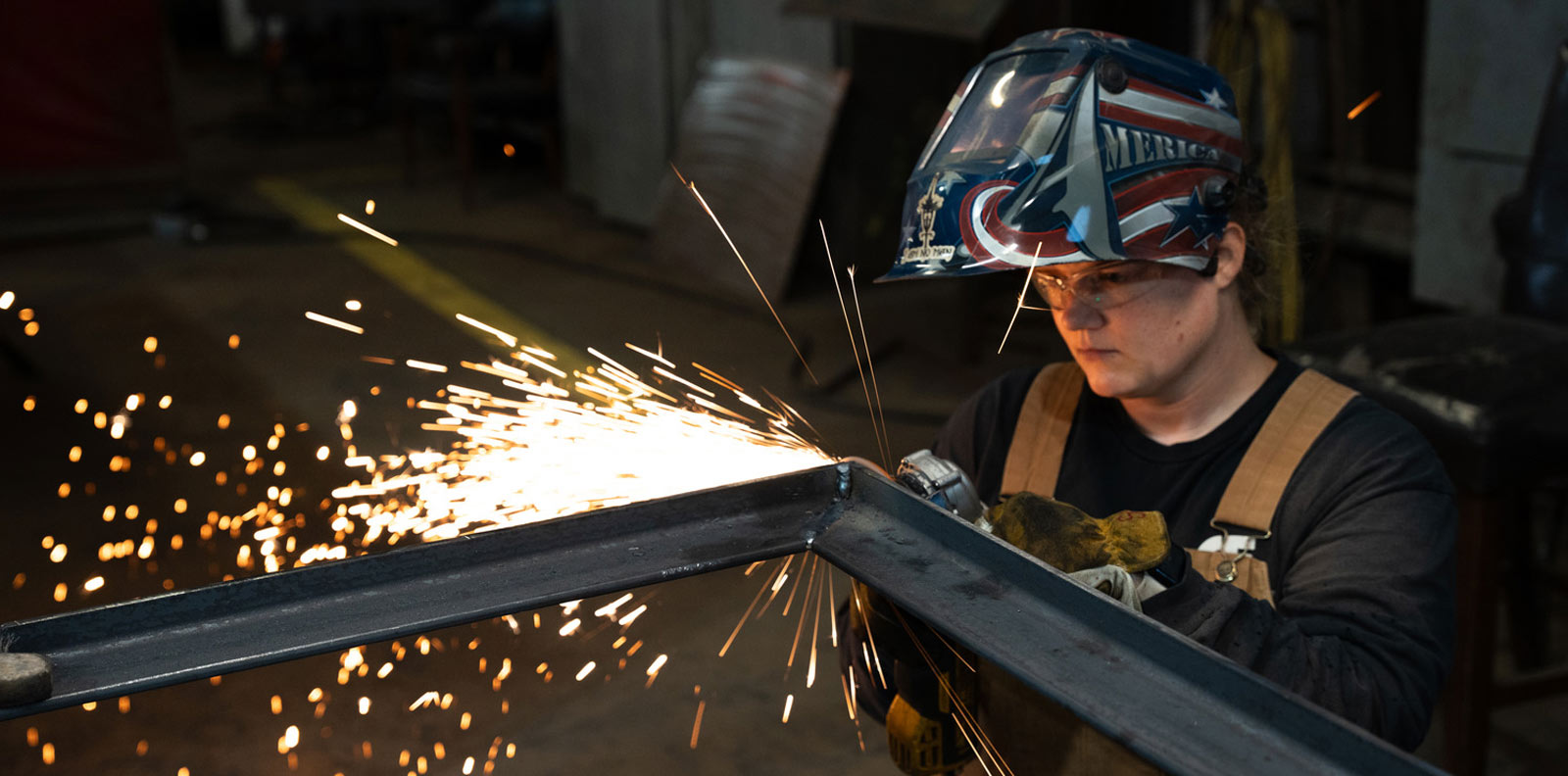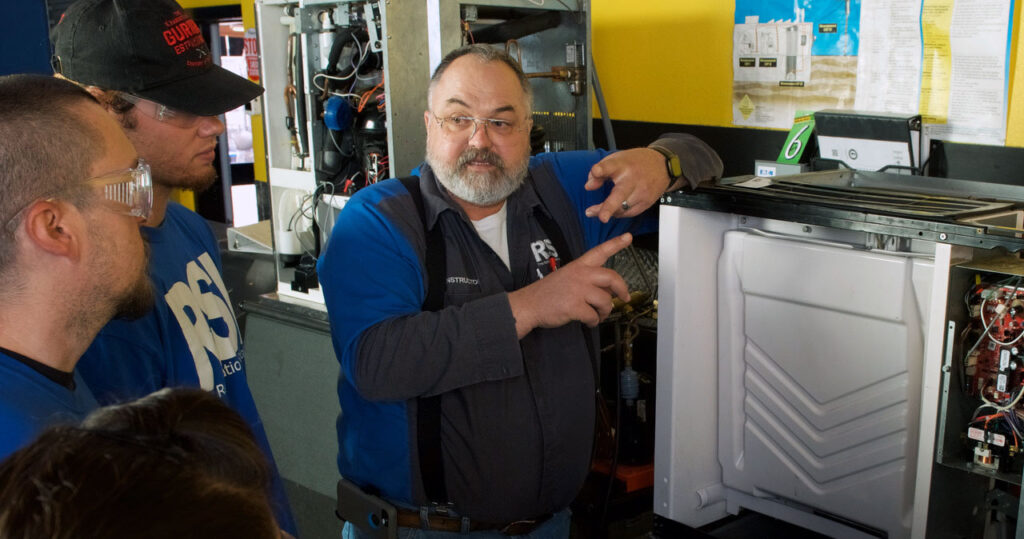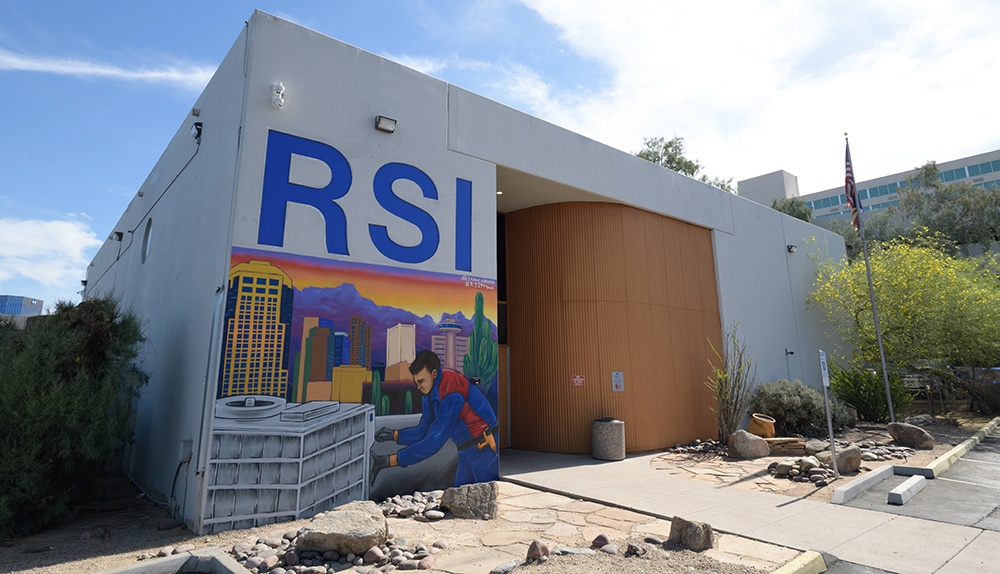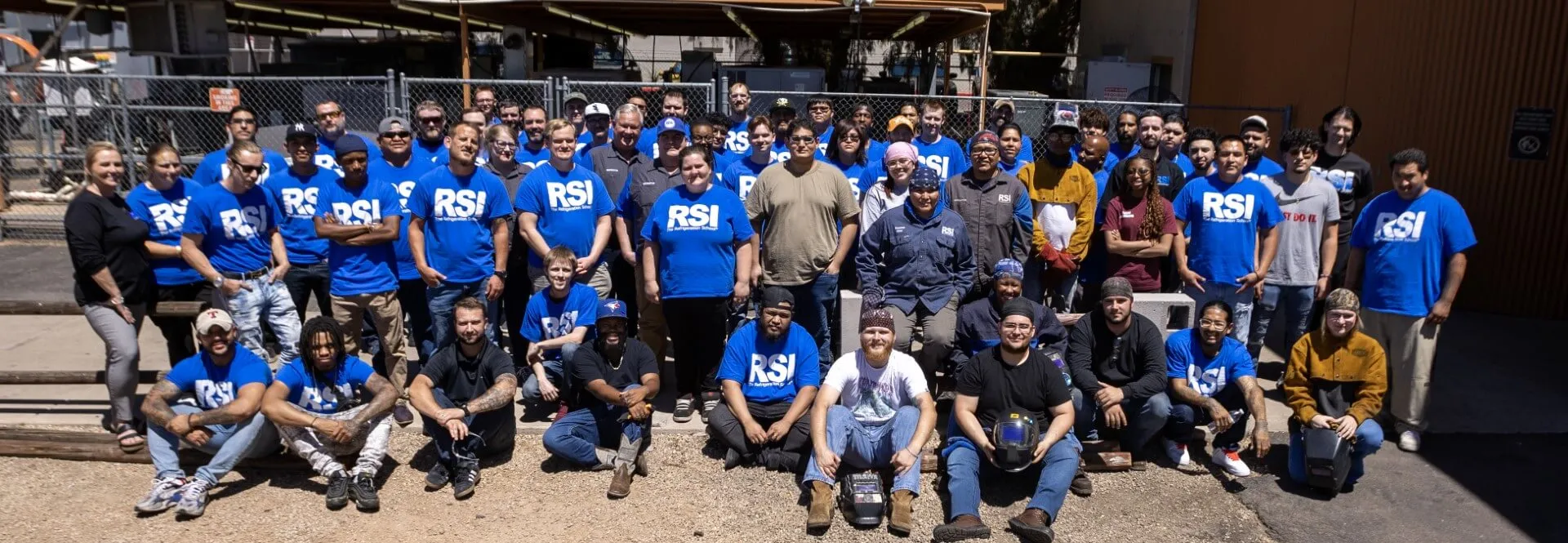RSI is a Great Training Option for Everyone
Learn more about how we can prepare you to advance your career.
Keeping your home cool in the summer and warm in the winter may sound simple, but it is actually a tremendously complex and innovative process. The following infographic describes some of the most common trends in HVAC energy consumption, explains how an HVAC system functions, and provides basic maintenance information.
HVAC Energy Use in the U.S.
Heating and cooling a home typically accounts for 48%, or 903kWh, of a household’s monthly electricity use. The Southern States, the Mountain West, and the Central States tend to have the highest monthly electricity cost. You may be able to enhance the energy efficiency of your HVAC system by understanding how your HVAC system functions and adjusting your temperature control habits accordingly.
Heating and Cooling Principles in HVAC Systems
Heat moves from a warmer object to a cooler one. In order to comprehend the thermodynamics involved in your HVAC system, you must first familiarize yourself with the three basic means of heat transfer:
- Conduction – Direct heat transfer through contact.
- Radiation – Heat transfer through light, which may be visible or infrared.
- Convection – Heat transfer through the circulation of warm air.
Heated or cooled air is distributed within a building either through forced air (electrically powered fan), gravity (hot air rising) or radiation (heated floor, walls, or ceilings).
Get Started on the Path to a New Career
Fill out our form to learn how we can help you change your life.
Basic Components of Heating and Cooling HVAC Systems
There are a number of commonly used devices that generate or reduce heat within a home. Each one varies in energy efficiency. For instance, a boiler with 80% efficiency can increase a gas bill by an additional $56.
- Heat Pump – This device pulls heat from one area (outside in winter; inside in summer), passes it through a compressor, and dispels heat on the opposite side through coils. This allows for heating in winter and cooling in summer.
- Furnace – A furnace burns fuel to produce heat, which is then dispersed through the home through ducts, pipes, or wires. The heat is blown out of registers, radiators, or heating panels.
- Boiler – In a boiler system, water is heated and stored until it is pumped through the walls, floors, or ceilings to warm a home.
- Air Conditioner – An AC unit cools a gas to a liquid within a coil, and air is passed over the coil. This lowers the air temperature, and air is forced from the unit.
Air Conditioning Components
An air conditioning unit is a very intricate device that involves myriad elements to work properly.
- Evaporator – The evaporator removes heat and water vapor from the air by cooling a refrigerant within a coil.
- Blower – This fan pulls air over the evaporator, dispersing cooled air.
- Condenser – The condenser of the heat coils releases heat outdoors (this is why the back of a window AC unit expels heat).
- Compressor – The compressor pumps refrigerant to the evaporator and back to the condenser to cool inside air.
- Fan – This part keeps the condenser from becoming too hot and allowing heat back indoors.
- Filter – The filter keeps particles from clogging the AC unit.
- Thermostat – The thermostat regulates the operation of heating and cooling systems.
Controlling Your Heating and Cooling System
The thermostat is responsible for controlling the activation of your heating and cooling systems. For example, when temperatures rise, the bimetallic element in the thermostat expands, which activates the air conditioner until the desired temperature (the set point) is achieved. This same principle occurs when temperatures drop: the thermostat activates the heating system until the sensor recognizes that the desired temperature has been reached.
Maintenance of Your HVAC System
Ideally, heating and cooling systems work in tandem to keep the interior environment hospitable. However, you should perform the following preventative maintenance measures to ensure that your HVAC system is running smoothly:
- Change filters periodically.
- Keep the coil and coil fins clean.
- Make sure the drains are unclogged.
- Clean the heat exchanger.
- Make sure your ducts are properly sealed.
If your HVAC system is still experiencing problems, you may need help from an HVAC technician to add refrigerant, repair wiring, or replace moving parts.
If you’d like to learn more about enrolling in a HVAC training program to kickstart an exciting HVAC career, contact The Refrigeration School today.
This blog has been labeled as archived as it may no longer contain the most up-to-date data. For a list of all current blog posts, please visit our blog homepage at https://www.rsi.edu/blog/
